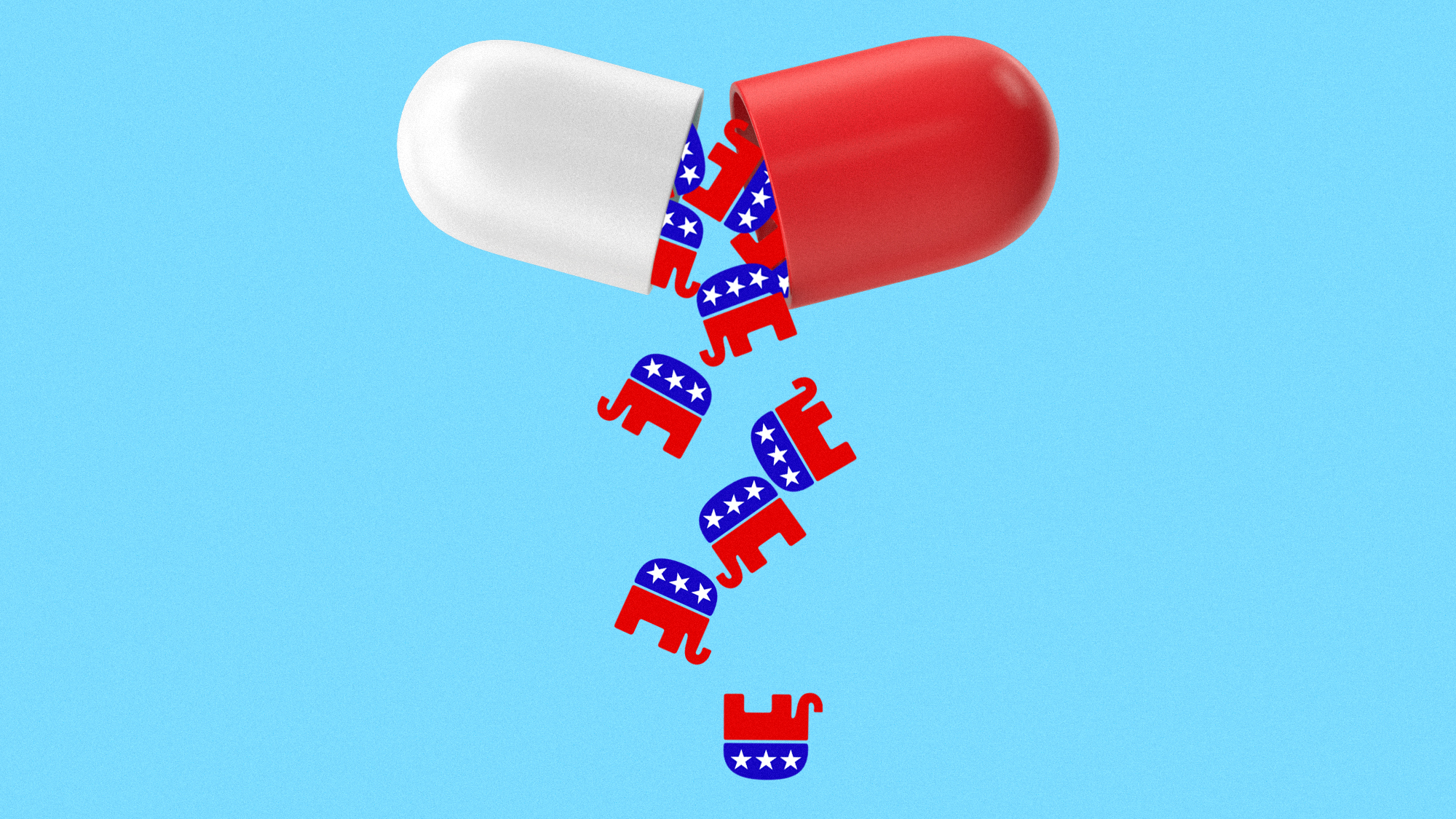The Great Recession baby bust: By the numbers
The U.S. birth rate hit a 100-year low last year — and experts say that our inauspicious economy is to blame

The number of babies born in the U.S. dropped an estimated 2.6 percent in 2009, following a 2 percent dip in 2008, and 2009's birth rate dropped to the lowest level in at least a century. That's no coincidence, says Johns Hopkins sociologist Andrew Cherlin. "The birth rate is falling because of the Great Recession," he says. "When people are unsure of their financial future, they tend to postpone having children" — or even getting married. Federal health officials tentatively agree with Cherlin, but say more data is needed. Here's a by-the-numbers look at the Great Recession's baby bust:
$221,000
Estimated cost of raising a child from birth to age 17
The Week
Escape your echo chamber. Get the facts behind the news, plus analysis from multiple perspectives.

Sign up for The Week's Free Newsletters
From our morning news briefing to a weekly Good News Newsletter, get the best of The Week delivered directly to your inbox.
From our morning news briefing to a weekly Good News Newsletter, get the best of The Week delivered directly to your inbox.
13.5
U.S. births per 1,000 people in 2009 (4,136,000 total)
13.9
U.S. births per 1,000 people in 2008 (4,247,000 total)
A free daily email with the biggest news stories of the day – and the best features from TheWeek.com
14.3
U.S. births per 1,000 people in 2007, a post-baby-boom high (4,251,095 total)
25.3
U.S. births per 1,000 people in 1957 (4,300,000 total)
30.1
U.S. births per 1,000 people in 1910 (2,777,000 total)
2.6
Percent drop in U.S. birth rate in 2009
4
Percent drop in California birth rate in 2009 (530,659 babies born)
3
Percent drop in Vermont birth rate in 2009 (6,118 babies born)
2.1
Fertility rate (children per woman) needed to replace U.S. population
2
U.S. fertility rate in 2009 (est.)
2.8
U.S. fertility rate in 1928 (right before the Great Depression)
2
U.S. fertility rate during the 1930s Depression
1.7
U.S. fertility rate in 1976 at end of 1973-76 recession (record U.S. low)
2.6
India's fertility rate
1.4
Germany's fertility rate
1.34
Japan's fertility rate
0.94
Taiwan's fertility rate
6.8 / 3.4
U.S. marriages/divorces per 1,000 people in 2009
7.1 / 3.5
U.S. marriages /divorces per 1,000 people in 2008
7.3 / 3.6
U.S. marriages / divorces per 1,000 people in 2007
Sources: New York Times, Health News, AP, CNN, Time, CDC (PDF), Babble, WebMD, Washington Post, BusinessWeek, Der Spiegel, Focus Taiwan, Healthy Living
-
 Are Republicans going to do a deal on health care?
Are Republicans going to do a deal on health care?Today's Big Question Obamacare subsidies are expiring soon
-
 The powerful names in the Epstein emails
The powerful names in the Epstein emailsIn Depth People from a former Harvard president to a noted linguist were mentioned
-
 May your loved ones eat, drink and be merry with these 9 edible Christmas gifts
May your loved ones eat, drink and be merry with these 9 edible Christmas giftsThe Week Recommends Let them eat babka (and cheese and licorice)